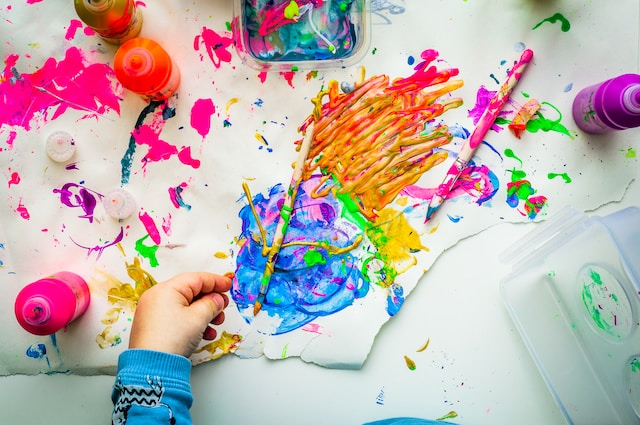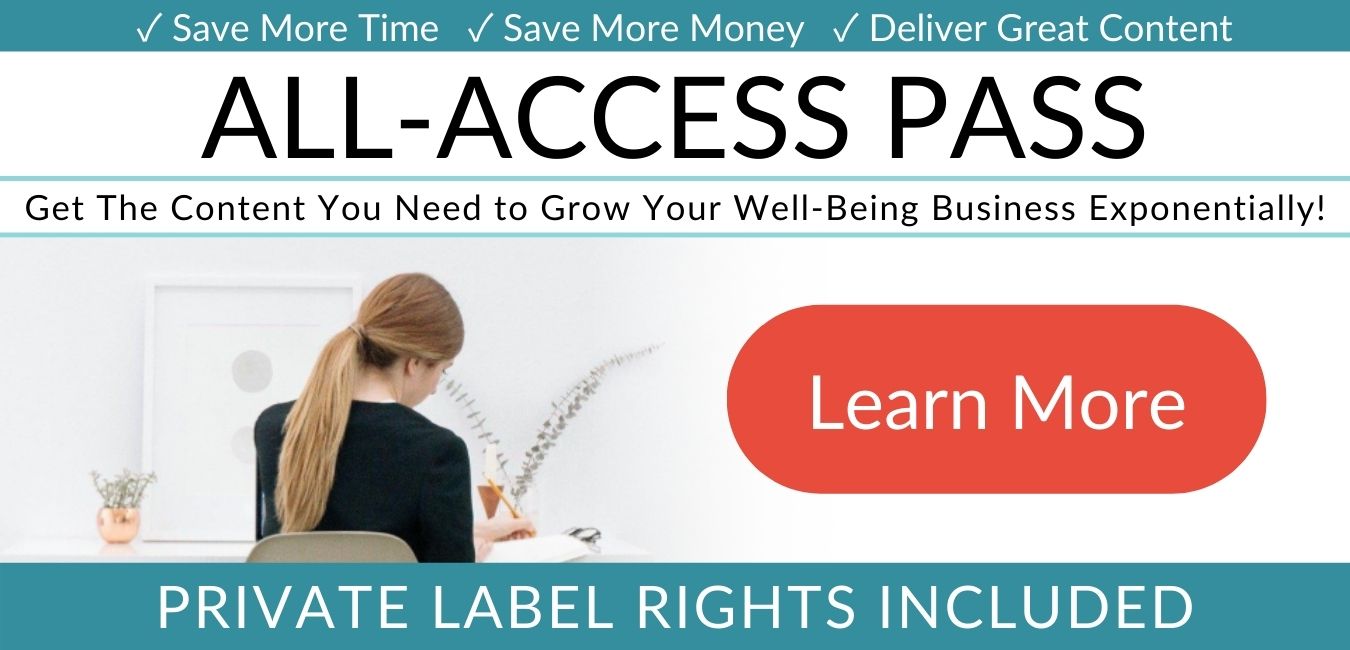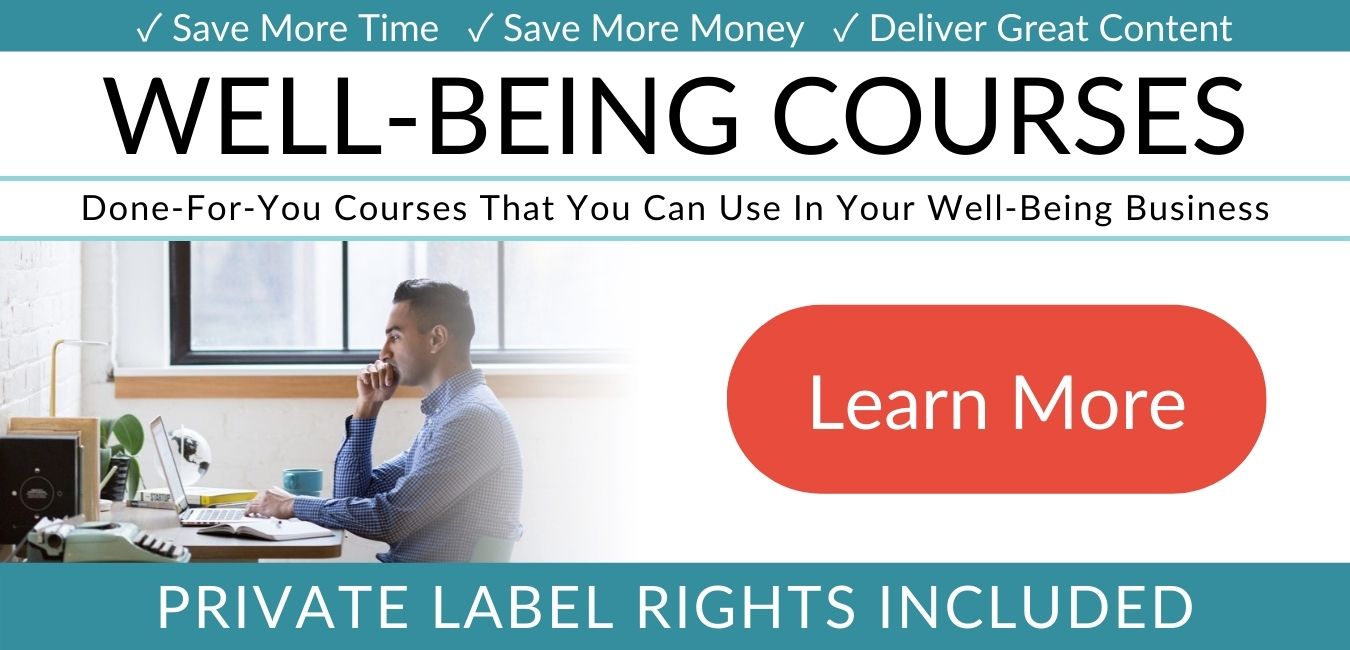Creativity: Definition, Examples, & PsychologyBy Charlie Huntington, M.A., Ph.D. Candidate
Creativity is the capacity to come up with original and effective ideas or solutions for problems. Let’s see what psychology research says about how to develop this critical skill.
What was so different about the guitar? My piano lessons were all about learning how to play what other people had written, but I could not tell you why a song sounded good or how to create one myself. Teaching myself the guitar, I learned about song structure, how to improvise, and how to develop my own voice. As a pianist, I had been musical and artistic, but as a guitarist, I was truly exercising my creativity – and that’s what keeps me writing music today.
In this article, we will take a look at the power of creativity to give our lives meaning and fulfillment, as well as improve the world around us. Before reading on, if you're a therapist, coach, or wellness entrepreneur, be sure to grab our free Wellness Business Growth eBook to get expert tips and free resources that will help you grow your business exponentially.
Are You a Therapist, Coach, or Wellness Entrepreneur?
Grab Our Free eBook to Learn How to
|
Are You a Therapist, Coach, or Wellness Entrepreneur?
Grab Our Free eBook to Learn How to Grow Your Wellness Business Fast!
|
Terms, Privacy & Affiliate Disclosure | Contact | FAQs
* The Berkeley Well-Being Institute. LLC is not affiliated with UC Berkeley.
Copyright © 2024, The Berkeley Well-Being Institute, LLC
* The Berkeley Well-Being Institute. LLC is not affiliated with UC Berkeley.
Copyright © 2024, The Berkeley Well-Being Institute, LLC




